Articles & Step By Step Tutorials
Learn new design styles and discover new techniques with these articles from Floral Focus magazines, and step by step tutorials.
A Passion for Period - Victorian Era
PERSONAL FLORAL ADORNMENT IN THE VICTORIAN ERA
by Heather Hammond
Early recordings of simple personal adornment can be seen in carved images of lotus blooms worn on armbands and headbands in the Egyptian Era (3000 - 332B0, and this enjoyment of botanicals as body wear has been a recurring theme in many cultures through many hundreds of years.
Many in the courts and homes of the wealthy aspired to the highest fashion of the time in England and France in the Georgian and Rococo Eras (18th and 19th centuries). Elaborate gowns, wigs and hair styles were decorated with fresh and artificial flowers and even fruit and vegetables! Flowers were also added to the elaborate wigs of men, and the wearing of buttonholes was fashionable.
Styles became less
flamboyant in the early 19th century and a classical' look became popular, but flowers were still used to enhance ringlets and curls, and even wire frames were fashioned to have flowers wired on to complete come head wear.
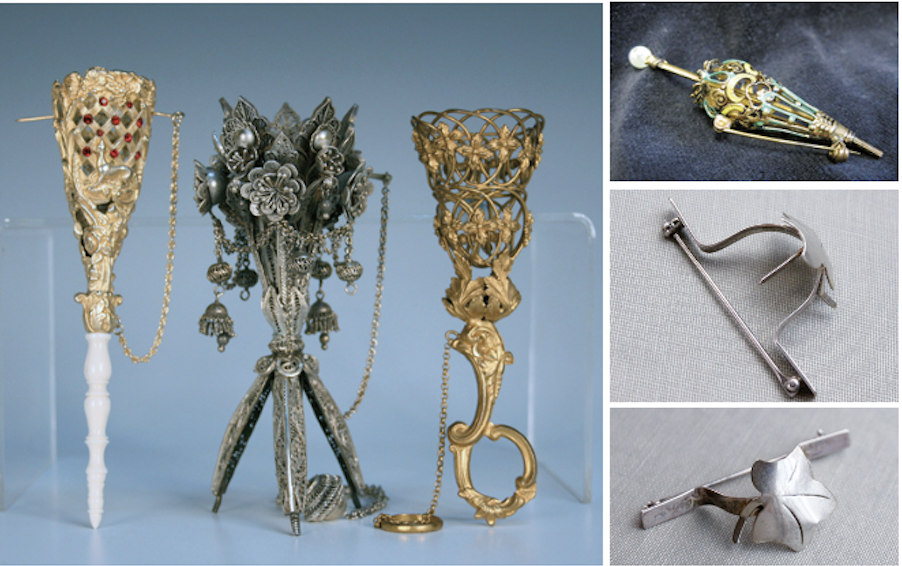
Ornaments to hold flowers began to be used - small brooches, pins and bottles held a single or a small posy of flowers pinned to the shoulder or bodice of dresses Day wear could include a flower or flowers pinned to the hat or lapel, while men often wore buttonholes with similar but less extravagant fastenings.
The bosom bottle was ideal for holding water to keep flowers fresh when worn between the breasts by women who were heavily corseted to display their figures in décolleté gowns.
The most significant evening accompaniment to a lady's wardrobe in the Victorian Era, however, was her posy of fresh flowers. From about 1850 - 1875 beautifully crafted small posy holders were used to hold these intricately created designs usual made with plant materials chosen to convey meaning through the language of flowers, a regular past time for single or courting young people at that time. Holders were cone or funnel shaped, had a straight or curved handle, sometimes with a ring for the finger so they could be secured while dancing, and sometimes they also had supports that opened to allow the posy to stand upright on the table. They had a pin on a chain that was used to push through the holder and flower stems to firmly secure the posy.
They were most often fashioned in silver, silver gilt or sometimes gold, but were also to be found in glass and silver, enamelled or made of cheaper metals for the genteel but less wealthy.
These holders have been highly collectable for many years.
Victorian posies were usually made by using a small stick to which the central flower often a rose - was attached - winding wool, thread or fine wire around to secure, followed by concentric circles, each or one flower, leaf or herb variety and once the required size was achieved the posy was finished with an edging of leaves, paper doily, net or lace.
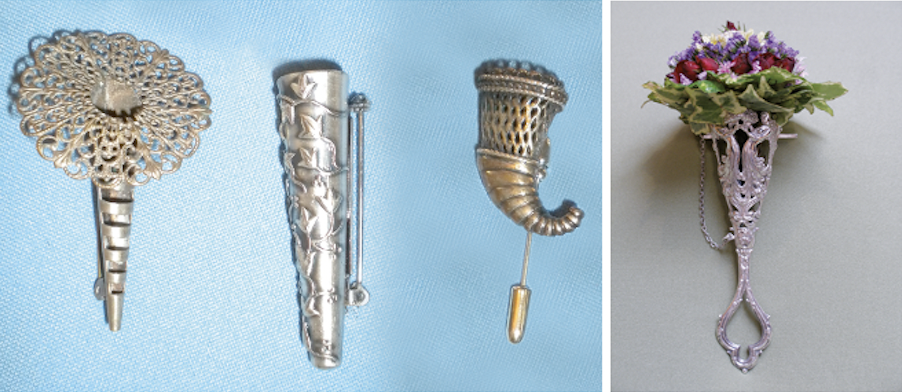
Accessories:
The Victorian Era was known for its many household decorations, china, vases, pictures, embroidery, indoor plants and general trinkets, bric-a-brac and 'clutter'.
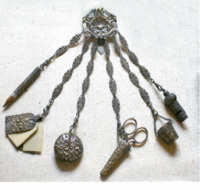
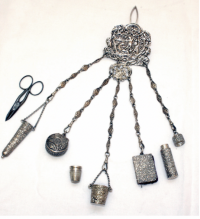
There are a wide variety of accessories that are appropriate to use when staging design 'In the Style of the Victorian Era'. Some of these are interesting and attractive antiques and collectables such as chatelaines, small sewing kits, dressing and grooming aids, perfume bottles and cosmetic jars.
The chatelaine (French for 'mistress' of the castle) was used by women in charge of estates or large households who wore a decorative clip of long chains holding important household items about the waist. These items were things like the key to a pantry where valuable tea, spices and food were kept; a small notebook; sewing items; a magnifying glass; or maybe a watch, nail file, or compass
Chatelaines were made of silver, brass, steel, leather, or fabric, depending on the financial status of the household. Other interesting accessories could be ladies travel accessories or button hooks and shoe horns.
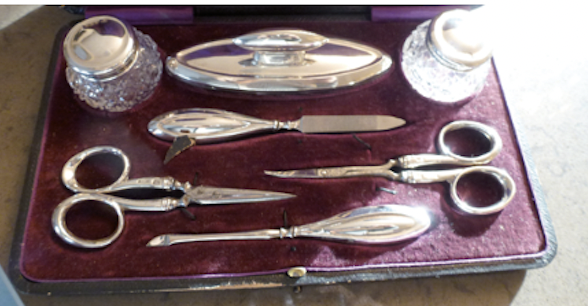
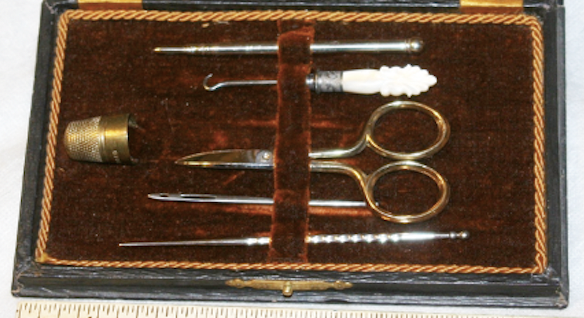
Categories
- Step By Step Tutorials
- Colour Tutorials
- Techniques Tutorials
- Innovative Design Tutorials
- Styles Tutorials







